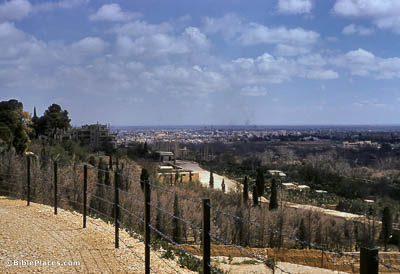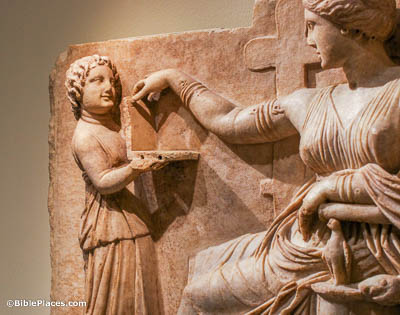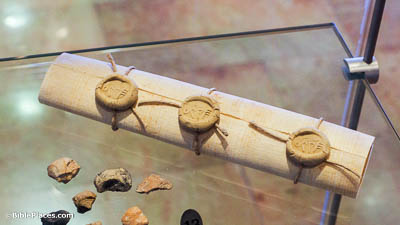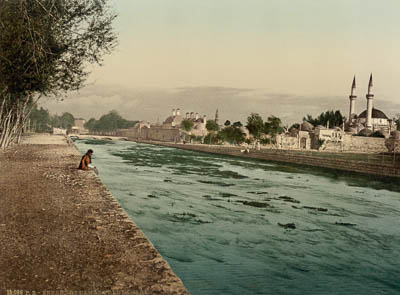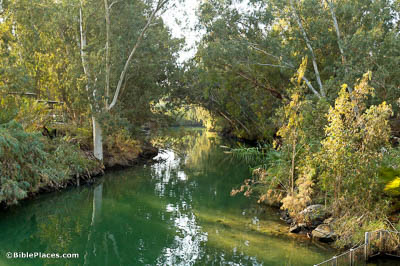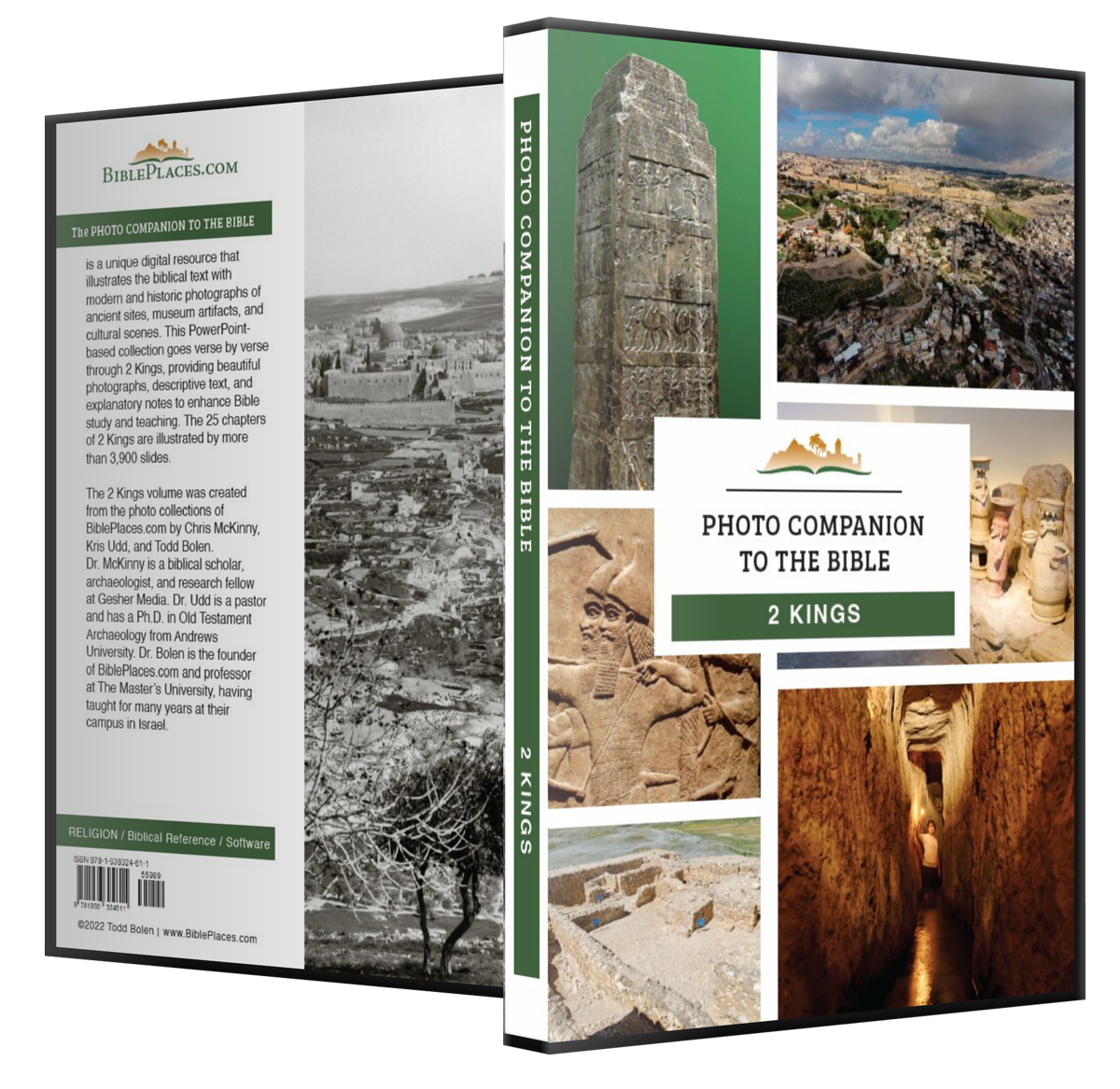Now Naaman, captain of the armies of the king of Aram, was a great and highly respected man (2 Kings 5:1).
Naaman probably lived in Damascus, the capital city of Aram. Damascus continues to be inhabited, which has prevented any serious archaeological work there. The gates presently visible in Damascus are from Islamic periods, though some or most of them were founded in earlier periods. A Roman temple to Jupiter was located outside the west wall. This photograph by Charles Lee Feinberg was taken in the 1960s.
